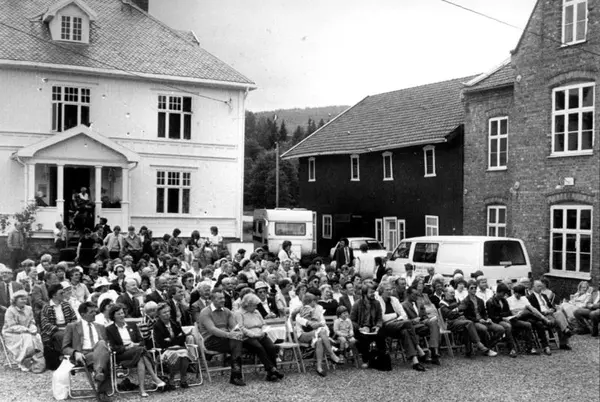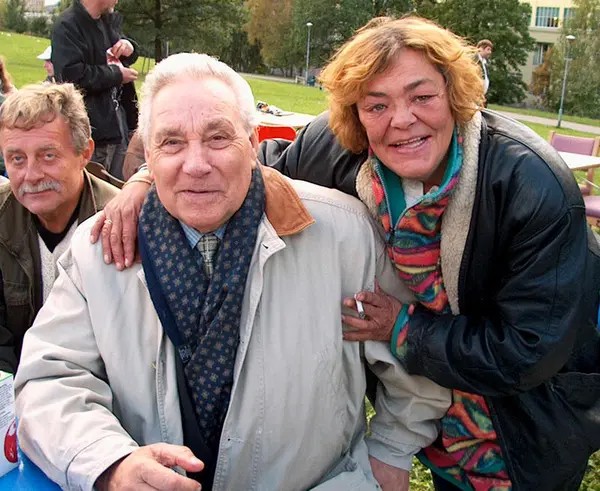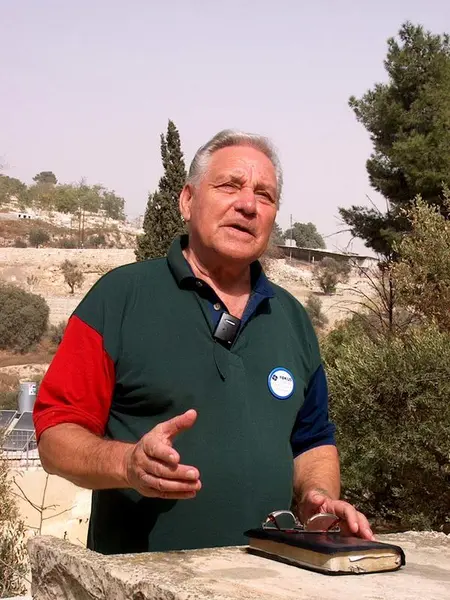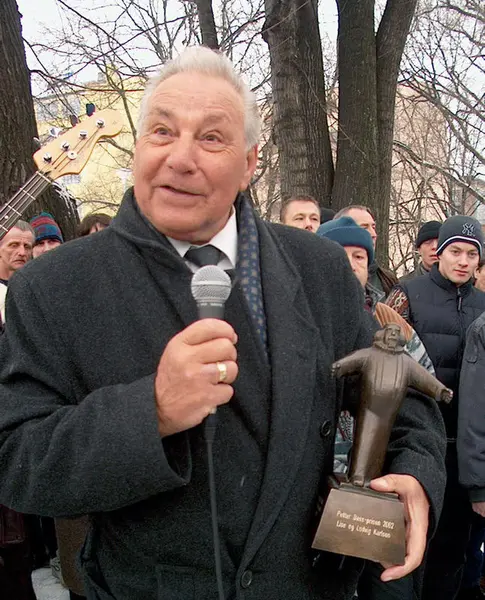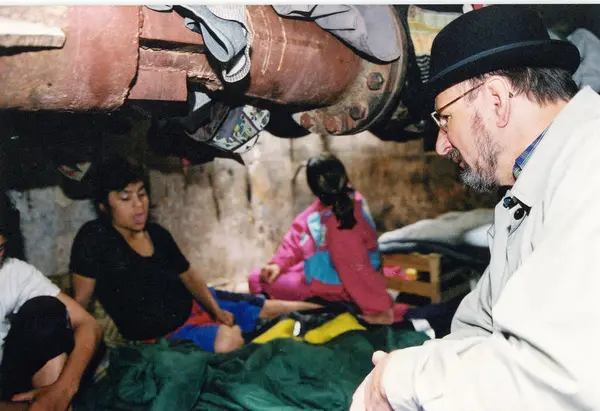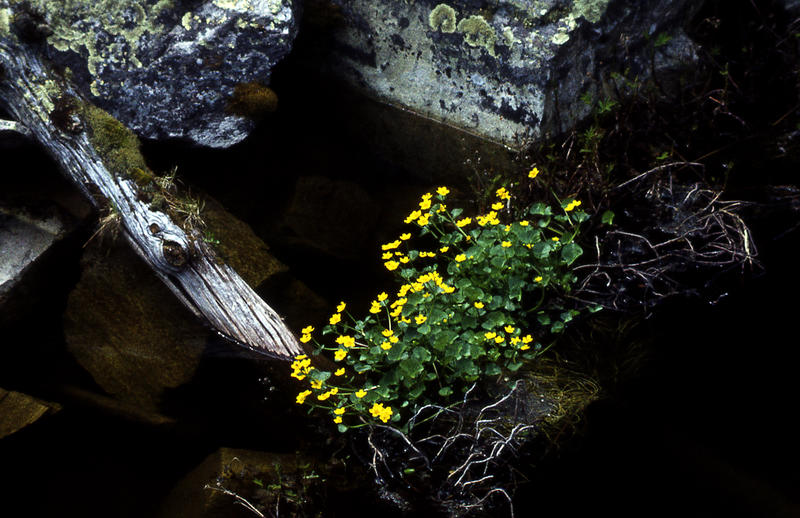Pentecostal movement and early religion
The first Pentecostal revival among the Romani people took place in the 1950s. The movement was outside of government control, with a lot of singing and music and with a free liturgy and free testimony – thus suiting the Romani people well.
Being traders, most were good talkers and could preach and sing. In the Pentecostal movement, everyone got to come forward and tell their stories. Here, there was no difference between Romani people and residents.
- 1/1
Evangelistic meeting at Roa. Foto: Privat/ Anno Glomdalsmuseet
Various sources, including Eilert Sundt, describe the Romani people’s past religious practices. In 1893, the Romani Martin J. Mathiassen Skou published his autobiography Paa fantestien (“On the Vagabond Trail”). He argues that the Romani people worshipped the moon god Alakoh, and that death had a central place in their religious practice. In connection with this worship, the Romani people performed a form of ritual suicide.
When the tribe's elders felt it was time to die, they voluntarily went into a boat on the water. On the banks, people sang, "Dscha tele! Dscha tele! O polopen baro wele" (“Go down, go down. The wrath will be great”) – then the old person let himself sink. While Milla confirms in Grønoset's book that such a tradition did exist, others believe that such worship has never taken place and that the story is propaganda.
- 1/1
Christian gathering at Hedmarktoppen, 1983. Foto: Privat/ Anno Glomdalsmuseet
Ludvig Karlsen
Ludvig Karlsen started a new religious revival among the Romani people in the 1980s. Ludvig was of the Romani people himself, and the son of Valentin Karlsen who was also a preacher. Over a period of many years, Ludvig had been in and out of prison until the experience of salvation guided him to follow in his father's footsteps. Ludvig began his work as a minister in Hamar.
At the first assembly of Romani people near Hamar in 1988, more than 500 Romani people received salvation. Ludvig Karlsen became known as one of the most prominent Christian leaders in Norway. Ludvig and his wife Lise founded the Evangelical Centre in 1983. Both had a history of drug abuse, but after overcoming their addictions, they poured all their resources into Christian work to help others in the same situation.
In 1997, Ludvig Karlsen received the King's Medal of Merit for the many years he had devoted to running the Evangelical Centre. When Ludvig died of heart failure in 2004, the state covered the funeral expenses (a gesture of honour in Norway).
- 1/1
Ludvig Karlsen and some of the Evangelist Centre’s users. Foto: Privat/ Anno Glomdalsmuseet
- 1/2
Ludvig Karlsen preaches the gospel in Gethsemane. Foto: Privat / Anno Glomdalsmuseet - 2/2
Ludvig Karlsen receives the Petter Dass prize, 2002. Foto: Privat / Anno Glomdalsmuseet
Frantz Johansen: "the Sewer Children's Father"
Frantz Johansen was the first preacher among the Romani people to travel abroad as a missionary. He and his wife Berit first went to Spain, where they worked at the Scandinavian Tourist Church. Afterwards, they initiated social projects among the Gypsies.
Frantz was best known for his work with poor families and children in Romania through the foundation Focus on Europe. A central part of this work was saving children who lived in the sewer system in Romania's large cities, particularly in Bucharest. This work earned him the nickname "The Sewer Children's Father".
In April 2014, Frantz Johansen and his wife Berit received the King's Medal of Merit for their work. Frantz died on 4 November 2014; he was only 69 years old.
- 1/2
Frantz and some of the “sewer children”. Foto: Privat / Anno Glomdalsmuseet - 2/2
Frantz and Berit Johansen and His Majesty King Harald and Queen Sonja in Bucharest. Foto: Privat/ Anno Glomdalsmuseet
- 1/1

